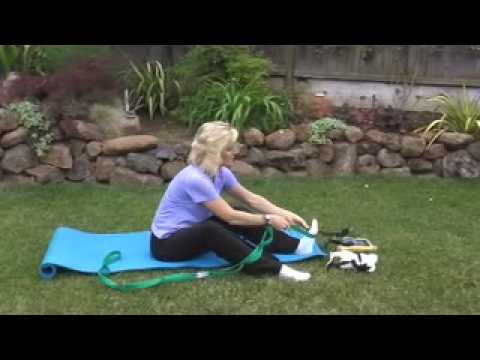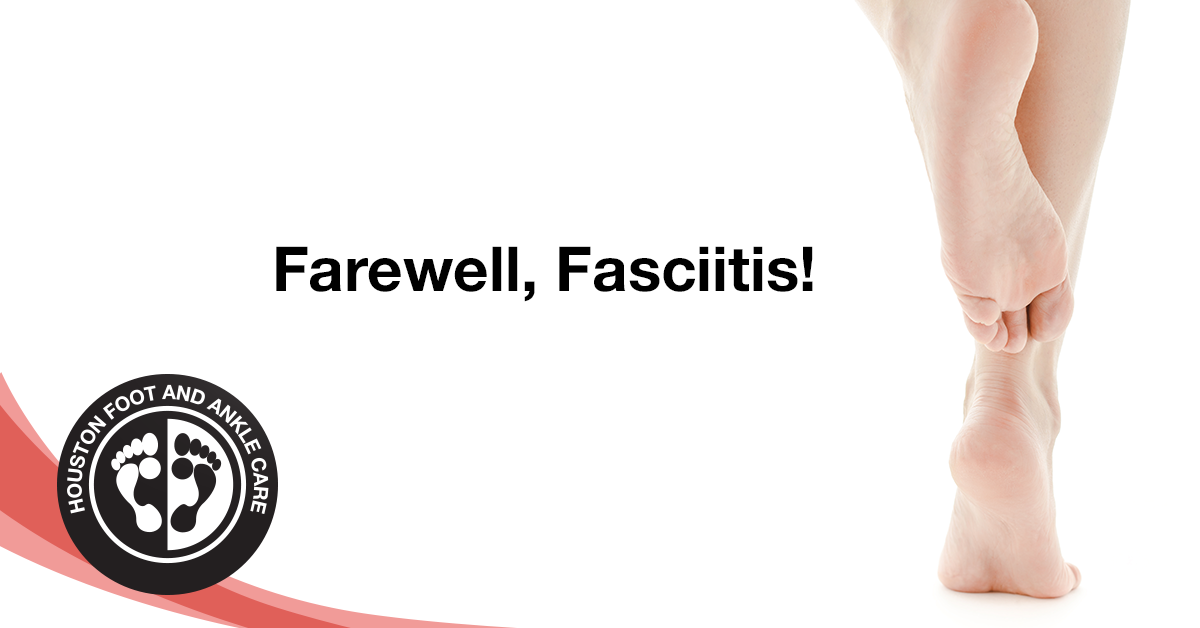plantar fasciitis targeted treatment 19 95 our targeted treatment
Plantar Fasciitis: Symptoms, Treatment and Prevention

In this last article in both part series on Plantar Fasciitis, Brad Walker discusses the common symptoms of the painful sports personal injury as well as the utmost effective treatments once diagnosed. Brad also describes some very important precautionary measures that are necessary in avoiding Plantar Fasciitis. A foot injury such as plantar fasciitis generally occurs in a single foot. Bilateral plantar fasciitis is strange and tends to be the consequence of a systemic arthritic condition that is very rare among athletes. Males have problems with a somewhat higher incidence of plantar fasciitis than females, perhaps therefore of greater weight in conjunction with greater swiftness and earth impact, as well as less versatility in the ft ..Typically, the patient of plantar fasciitis activities pain upon growing after sleep, specially the first step out of foundation. Such pain is securely localized at the bony landmark on the anterior medial tubercle of the calcaneus. In some cases, pain may prevent the sportsman from walking in a normal heel-toe gait, triggering an abnormal walk as method of payment. Less common areas of pain are the forefoot, Calf msucles, or subtalar joint.After a limited period of walking with this kind of feet injury, the pain usually subsides, but returns again either with vigorous activity or prolonged standing or walking. Within the field, an transformed gait or abnormal stride structure, along with pain during working or jumping activities are tell-tale symptoms of plantar fasciitis and should be given fast attention. Further signs of the personal injury include poor dorsiflexion (lifting the forefoot off the bottom) due to a shortened gastroc complex, (muscles of the leg). Crouching in a full squat position with the sole of the feet flat on the ground can be used as a test, as pain will preclude it for the athlete experiencing plantar fasciitis, triggering an elevation of the heel due to tension in the gastroc complex.TreatmentTreatment of plantar fasciitis may also be a slow and irritating process. A program of treatment should be carried out with the help of someone experienced and knowledgeable about the affliction. Typically, plantar fasciitis will require at least six weeks or more to half a year of conservative care and attention to be totally remedied. Should such attempts not provide comfort to the athlete, more aggressive actions including surgery may be considered.The initial goals of physical therapy should be to increase the passive flexion of the ft . and improve flexibility in the foot and ankle, eventually leading to a full return to normal function. Extended inactivity in strenuous sports is often the price to be payed for thorough recovery. One half measures can lead to a serious condition, occasionally severely limiting athletic ability.As a sizable timeframe is spent during intercourse during sleeping time, it's important to ensure that the sheets at the base of the foundation do not constrict the ft ., resulting in plantar flexion where the foot is bent straight out with the toes pointing. This constricts and thus shortens the gastroc organic, worsening the problem. A warming pad placed under the muscles of the leg for a few minutes prior to growing may help release tension, increase blood circulation in the lower leg and decrease pain. Also during sleep, a evening splint can be utilized in order to carry the rearfoot in a natural position. This can assist in the treatment of the plantar fascia and ensure that the foot will not become flexed at night time.Attention to footwear is critical in avoiding foot injuries. Every work should be produced to wear comfortable shoes with proper arch support, fostering proper feet posture. Should arch facilitates prove inadequate, an orthotic shoe should be considered. Fortunately, most conditions of plantar fasciitis react well to non-operative treatment.Recovery times however range enormously from one athlete to another, depending on age, general health and physical condition as well as intensity of injury. A wide period between 6 weeks and six months is usually sufficient for proper healing. Additionally, the setting of treatment must be flexible with regards to the details of a particular athlete?s harm. Methods that prove successful in one patient, may well not improve the injury in another.Early on treatment of foot injuries typically includes the use of anti-inflammatory medication, icing, stretching activities, and heel inserts and splints. Cortisone shots may be essential to achieve satisfactory restoration and retard irritation. In later levels of the treatment process, typically following the first week, snow should be discontinued and substituted with heating and massage.It is imperative that any activity recognized to produce soreness or trauma to the plantar fascia be immediately discontinued, including any activity regarding repeated impact of the heel on a hard surface, particularly, running. Should pain from the injury persist, additional diagnostic studies should be carried out to rule out other, more unique causes of heel pain including stress fractures, nerve compression incidents, or collagen disorders of the skin.
plantar fasciitis targeted treatment 19 95 our targeted treatment 's Picture
Related Images with plantar fasciitis targeted treatment 19 95 our targeted treatment
Learn More About Plantar Fibromatosis and

plantar neuroma this syndrome is often confused with plantar fasciitis

Home Remedies For Treating Your Plantar Fasciitis How To Make amp; Do

Houston Podiatrist Adds NonInvasive Tenex® Procedure for Eliminating





0 komentar: